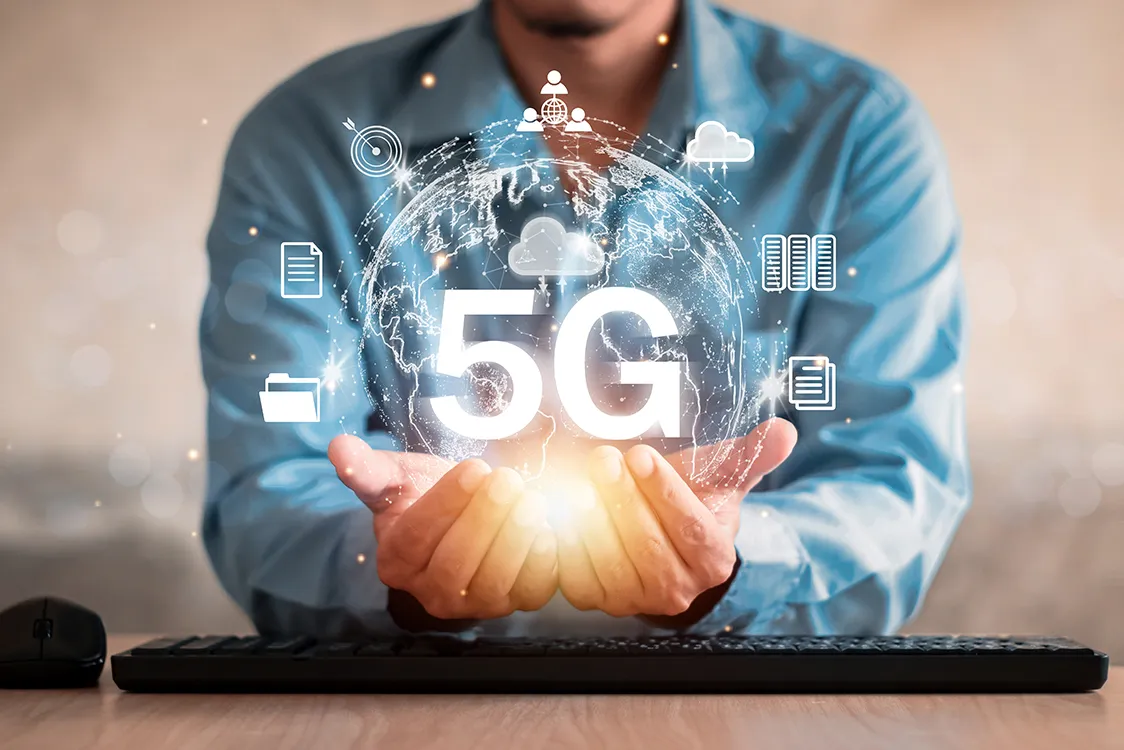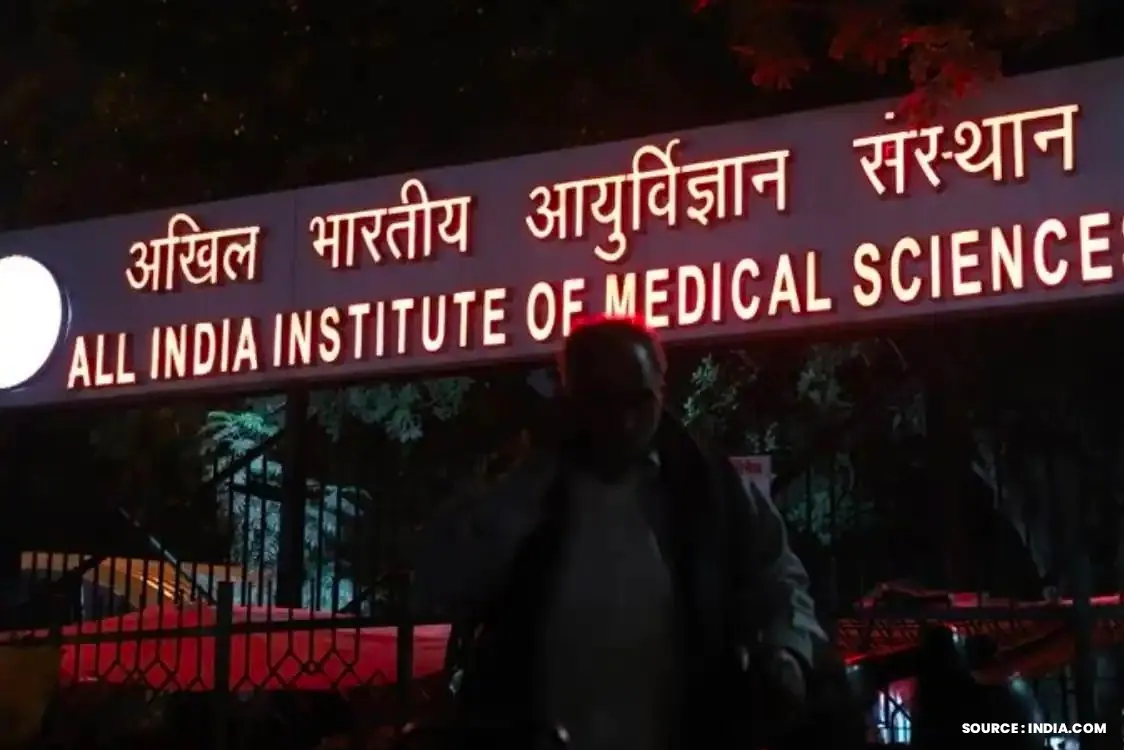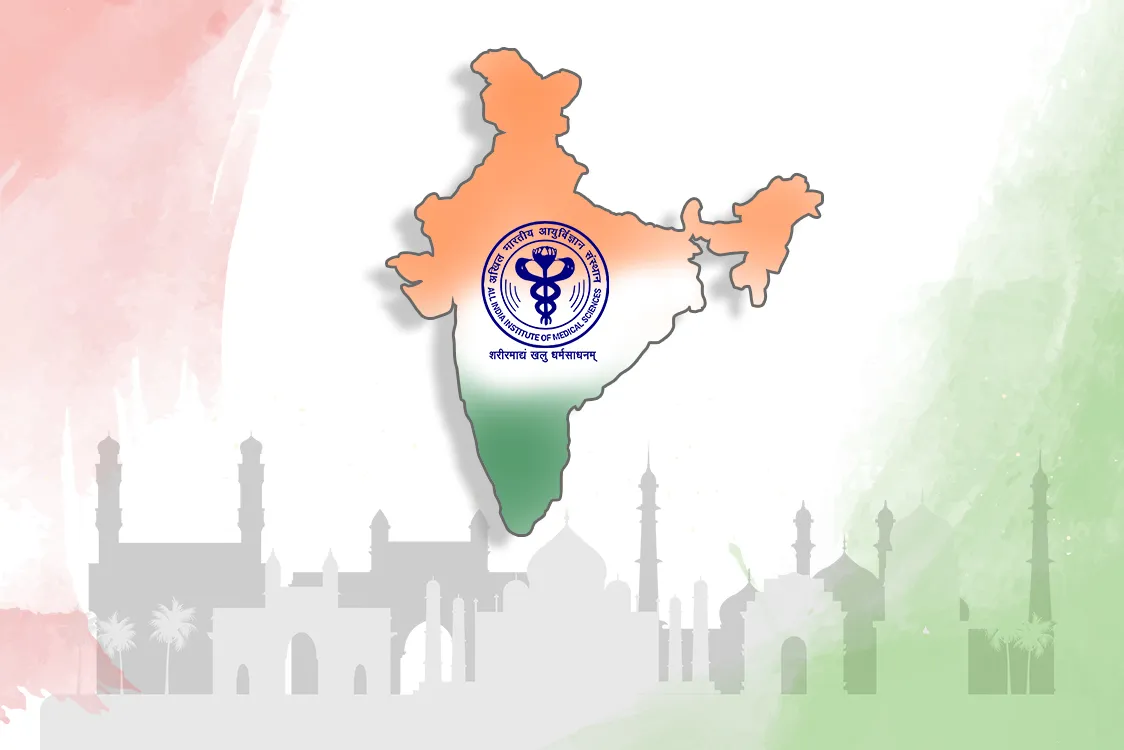The potential for 5G to significantly expand telemedicine is enormous. As we observed during the pandemic, 5G-capable devices connected to the Cloud are helpful for more than just doctor-patient video chats. A healthcare provider can access a patient’s vital signs quickly and accurately diagnose the illness with the aid of 5G says Oracle’s Executive Vice President, Mike Sicilia.
As India launches 5G in a few cities, the technology’s importance in providing the best healthcare in rural areas cannot be denied, according to Cloud major.
The main two areas where nations like India stand to gain the most from Oracle are the super-fast and real-time delivery of telemedicine and ambulance care, particularly in remote areas.
Oracle Executive Vice President Mike Sicilia says nothing is more important than saving lives and improving patient outcomes, and 5G can assist nations like India in doing so.
“I believe that 5G has the potential to significantly expand the field of telemedicine. As we saw during the pandemic, 5G-capable devices that are connected to the Cloud are useful for more than just doctor-patient video chats. A healthcare provider can use 5G to quickly and effectively access a patient’s vital signs and diagnose their condition “Sicilia said.
Not just for telemedicine, 5G can assist hospitals in making sense of massive data sets from numerous machines.
“We will be able to move some computing data into the Cloud, calibrate the machine, and reload it with new instructions so that it can detect different types of illnesses like Covid by having low latency, high-bandwidth connections into MRI, X-ray, and dialysis machines, among other devices. What the machine does for us today could completely change as a result “He clarified.
Oracle has stepped up its effort to reach millions of people with healthcare, and 5G will be a crucial component. The ability to conduct clinical research is changing due to advancements in the health sciences, including remote data collection, patient monitoring, and the adoption of 5G technology.
The 5G network enables round-the-clock patient monitoring, alerting medical professionals to upcoming events like low blood sugar, heart attacks, or other vital signs that necessitate prompt action.
The company claims that the capabilities of 5G have made it possible for trial participants and pharmaceutical companies to collect data securely, accurately, and quickly.
Companies are currently constructing 5G-ready ambulances in India.
The 5G-connected ambulance from Bharti Airtel can revolutionize emergency primary healthcare.
Modern medical technology, patient monitoring software, and telemetry devices are all included in the state-of-the-art 5G ambulance. These devices also transmit patient health data to the hospital in real-time.
Additionally, it has camera-based headgear, onboard cameras, and ‘Body Cams’ for paramedic staff, all of which are connected to the lightning-fast Airtel 5G network.
Oracle claims that low latency 5G can enable immersive augmented reality (AR) and virtual reality (VR) training, which could even aid doctors in explaining diagnoses and procedures to patients by providing influential 360-degree reconstructions of their anatomy.
Sicilia claims that 5G will make it possible for doctors and patients to communicate in real-time without any lag, which is essential.





